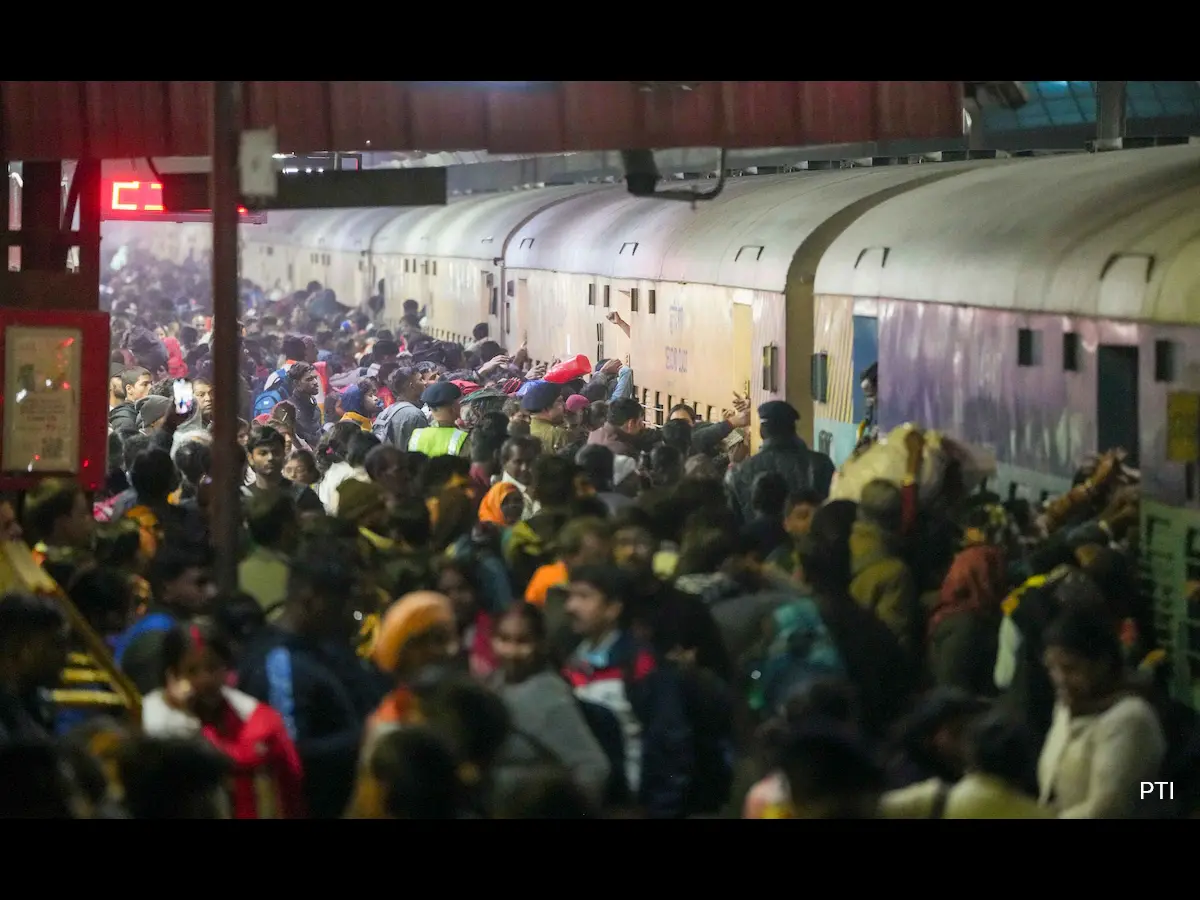A tragic stampede at New Delhi Railway Station on February 15 claimed 18 lives and injured 15 others, according to Railway Minister Ashwini Vaishnaw’s statement in Parliament. The accident occurred during peak evening hours on the foot-over-bridge connecting platforms 14 and 15, amid heavy crowding fueled by the Maha Kumbh festival traffic.
The investigation, conducted by a high-level committee, identified a critical trigger: a large piece of luggage carried by a passenger on the head fell, causing others to trip and a cascading crush on the narrow bridge stairs as the dense crowd surged. Despite crowd management protocols being in place, congestion had built up after 8:15 pm, compounded by passengers carrying bulky items that restricted movement and escalated the hazard.
Victims succumbed to traumatic asphyxia, and the disaster has been likened to the 2017 Elphinstone Road station stampede in Mumbai, India’s deadliest railway station incident prior to this one.
In the aftermath, Indian Railways has rolled out comprehensive safety and crowd-control measures across 73 high-traffic stations. These include permanent holding zones, access control measures allowing only confirmed ticket holders onto platforms initially, and sealing of unauthorized entries. Foot-over-bridges are being redesigned with wider 12‑meter and 6‑meter models featuring ramps piloted at major junctions during the Maha Kumbh festival with deployments underway at stations like New Delhi, Anand Vihar, Varanasi, Ayodhya, and Ghaziabad.
The enhancements include installation of CCTV networks, establishment of war rooms for crisis coordination, upgraded digital communication systems, and new public announcement capabilities. A senior “Station Director” will be appointed at each major station with financial authority to make on-the-spot decisions during emergencies. Controls on ticket issuance based on station capacity and train availability have also been introduced.
Also Read: Urine Water? Odisha Engineer Falls Sick After Drinking Urine-Mixed Water In Office







